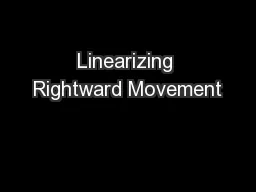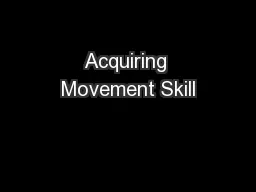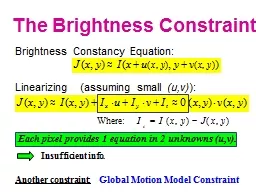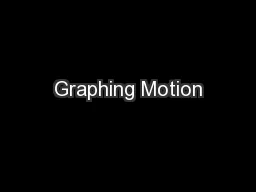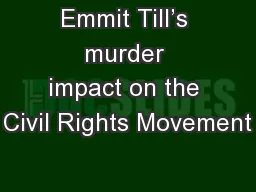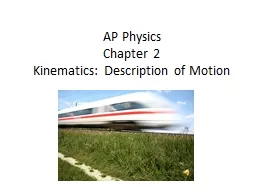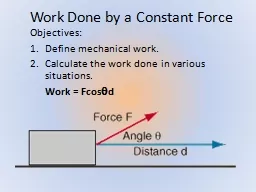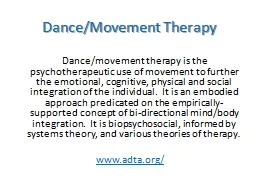PDF-Linearizing Rightward Movement
Author : liane-varnes | Published Date : 2015-10-13
Hironobu Kasai University of Kitakyushu 1 Introduction Rightward movement as outlined in 1 has received much attention since Ross 1967 see Akmajian 1975 Baltin 1978
Presentation Embed Code
Download Presentation
Download Presentation The PPT/PDF document "Linearizing Rightward Movement" is the property of its rightful owner. Permission is granted to download and print the materials on this website for personal, non-commercial use only, and to display it on your personal computer provided you do not modify the materials and that you retain all copyright notices contained in the materials. By downloading content from our website, you accept the terms of this agreement.
Linearizing Rightward Movement: Transcript
Download Rules Of Document
"Linearizing Rightward Movement"The content belongs to its owner. You may download and print it for personal use, without modification, and keep all copyright notices. By downloading, you agree to these terms.
Related Documents

